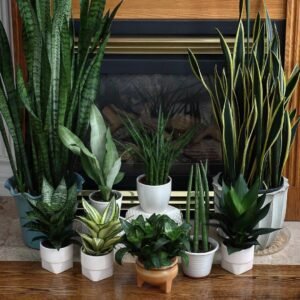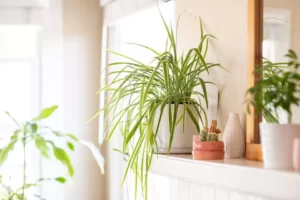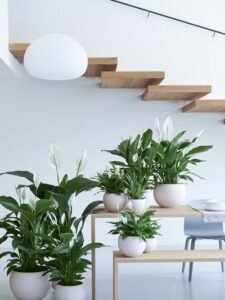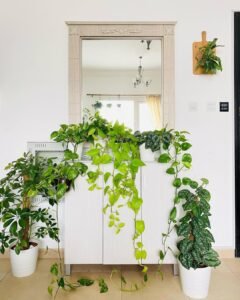Biophilia Philosophy
Biophilia is an important area of BioBlu philosophy.

Connect the inside to the outside and vice versa.
Biophilia is defined as the innate human instinct to connect with nature and other living beings. The term is derived from the Greek words for “life” and “love or affection;” making its literal translation “love of life.” For us is, “CREATING A HEALTHY RELATIONSHIP BETWEEN YACHTS & NATURE”, but most important with the people live on board and on the sea.
Under the canopy of biophilic design, there are three categories:
- Nature in the Space. The direct presence of nature in a space in the form of plants, animals, water, breeze, scents, light, shadows, and other natural elements.
- Natural Analogues. The representational presence of natural materials, patterns, objects, colours, and shapes incorporated into interior design, ornamentation, decor, and furniture.
- Nature of the Space. The incorporation of spatial elements commonly found in nature such as expansive views, places of sensory refuge (such as a quiet and room )
The green, the plant, the flower, we know that give a warm atmosphere on board, but in effect everywhere.
To improve the indoor experience, there are different plant that help us, here some suggestions from BioBlu experts.
Probably the most famous, and easy to handle is the Snake plant, perfect for the bedroom, it is one of the best plants for filtering the air of formaldehyde, xylene, benzene, toluene, and trichloroethylene.

For those of you who are houseplant newbies, the resilient Spider plant is the perfect choice. It is a plant that we have surely seen many times, but maybe we don’t know that It will quietly battle toxins including carbon monoxide and xylene, a solvent used in the printing and rubber industries. If you have pets, this is one of the few houseplants that is non-toxic to animals.

The Dracaena genus is home to about 40 species. This is another plant, who works for improve our health life on board .These plants prefer indirect light and room temperatures, which make them great for indoors. The Dracaena directly fight a multitude of toxins, including Trichloroethylene, Formaldehyde, Benzene, and Xylene and cigarettes smoke.

Spatiphyllus doesn’t ask for much more to grow robust and healthy. It is among the most effective air-purifying houseplants: it can sequester up to 19 micrograms of acetone from the rooms every hour, as well as formaldehyde and various organic compounds.

Pothos is considered one of the best indoor plants to purify the air.In addition to absorbing pollutants such as benzene, formaldehyde and carbon monoxide, it eliminates unpleasant odors and is therefore an excellent choice for beautifying kitchens and bathrooms.

Comments are closed.

